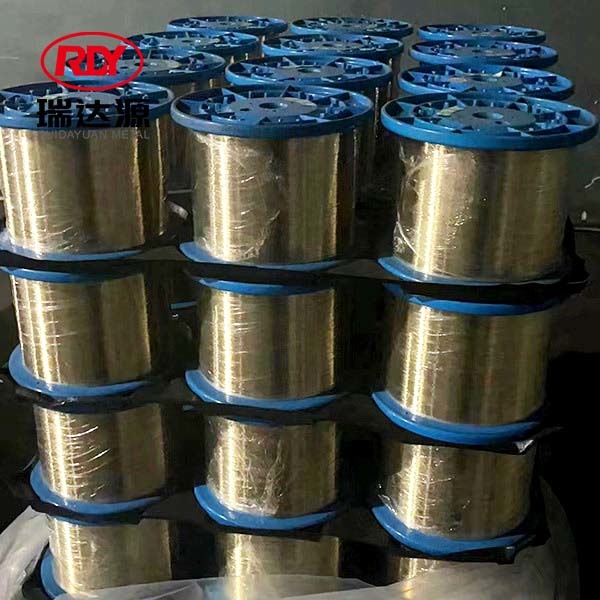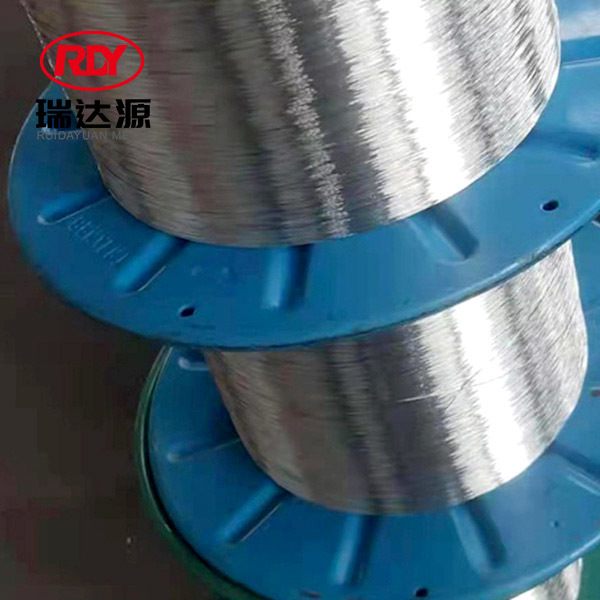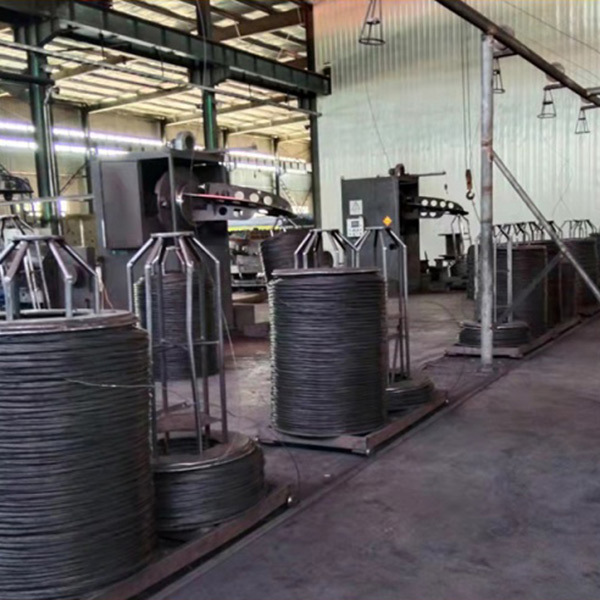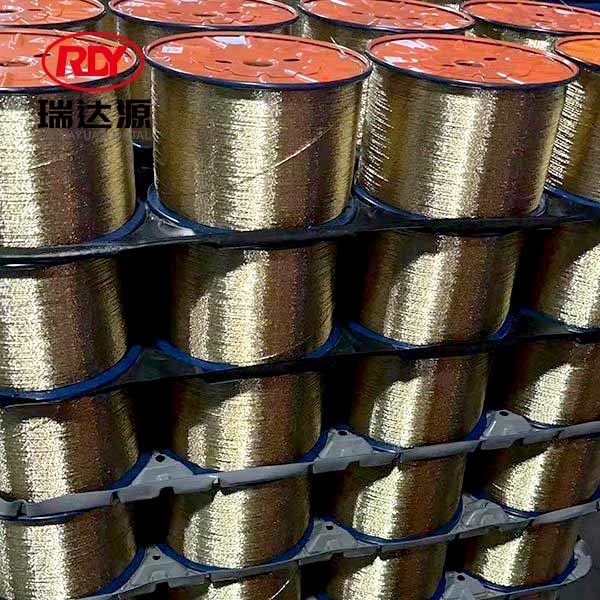Designing a Secure Perimeter: Essential Tips for Coated Barbed Wire Installation
Release Time:
Mar 17,2025
Designing a Secure Perimeter: Essential Tips for Coated Barbed Wire Installation Creating a secure perimeter is essential for protecting your property, whether it's a commercial site, a farm, or your home. Coated barbed wire is a popular choice for perimeter security due to its effectiveness and durability. In this article, we will explore the intricacies of coated barbed wire installation, provid

Designing a Secure Perimeter: Essential Tips for Coated Barbed Wire Installation
Creating a secure perimeter is essential for protecting your property, whether it's a commercial site, a farm, or your home. Coated barbed wire is a popular choice for perimeter security due to its effectiveness and durability. In this article, we will explore the intricacies of coated barbed wire installation, providing you with unique insights and practical advice.
Table of Contents
- 1. Introduction to Coated Barbed Wire
- 2. Benefits of Using Coated Barbed Wire
- 3. Types of Coated Barbed Wire
- 4. Installation Process for Coated Barbed Wire
- 5. Maintenance Tips for Longevity
- 6. Common Issues and Solutions
- 7. Frequently Asked Questions
- 8. Conclusion
1. Introduction to Coated Barbed Wire
Coated barbed wire is an enhanced version of traditional barbed wire, featuring a protective coating that improves its longevity and aesthetics. The coating can be made from various materials, such as vinyl or polypropylene, which help prevent corrosion and rust while also reducing the risk of injury during installation and handling.
In the world of security fencing, coated barbed wire stands out for its ability to effectively deter intruders while blending into the environment better than conventional barbed wire. This makes it an ideal choice for a variety of applications, from agricultural settings to residential properties.
2. Benefits of Using Coated Barbed Wire
The advantages of using coated barbed wire for perimeter security are numerous:
2.1 Enhanced Durability
The protective coating significantly extends the lifespan of the wire by preventing rust and corrosion. This ensures that your investment lasts longer, reducing the need for frequent replacements.
2.2 Aesthetic Appeal
Coated barbed wire is available in various colors, allowing it to blend seamlessly with the surroundings. This is particularly beneficial in residential areas where visual appeal is important.
2.3 Improved Safety
The smooth coating reduces the risk of cuts and injuries during installation and maintenance, making the process safer for workers and property owners alike.
2.4 Cost-Effective Security Solution
Coated barbed wire offers an affordable yet effective solution for perimeter security without compromising on effectiveness. Its durability means lower long-term costs, making it a wise investment for any property owner.
3. Types of Coated Barbed Wire
When selecting coated barbed wire, it is important to consider the different types available:
3.1 Vinyl-Coated Barbed Wire
Vinyl-coated wire is one of the most popular options, known for its flexibility and resistance to harsh weather conditions. It is available in various colors, making it easy to choose one that matches your property.
3.2 Polypropylene-Coated Barbed Wire
Polypropylene-coated wire is another excellent choice, offering enhanced durability and resistance to UV rays. This type is particularly suitable for areas with high exposure to sunlight.
3.3 Galvanized Barbed Wire with Coating
This type combines traditional galvanized wire with a protective coating. It provides the strength of galvanized steel while benefiting from the coating's durability.
4. Installation Process for Coated Barbed Wire
Installing coated barbed wire requires careful planning and execution to ensure effectiveness and longevity. Here’s a detailed look at the installation process:
4.1 Planning Your Installation
Before beginning the installation, plan the layout of your perimeter. Consider factors such as the terrain, existing structures, and local regulations.
1. **Measure the Area**: Calculate the length of wire needed by measuring the perimeter accurately.
2. **Consult Local Regulations**: Ensure compliance with local zoning laws and regulations regarding fencing.
3. **Select the Right Height**: Determine the appropriate height for the wire based on security needs and local wildlife.
4.2 Required Tools and Materials
Having the right tools and materials on hand will make the installation process smoother. Here’s a list of what you will need:
- Coated barbed wire rolls
- Fence posts (wood, metal, or vinyl)
- Wire cutters
- Pliers
- Post driver or digger
- Tensioning tool
- Safety gloves and goggles
4.3 Step-by-Step Installation Guide
Follow these steps for a successful installation of coated barbed wire:
1. **Install Fence Posts**: Begin by installing the fence posts at regular intervals (typically 8 to 10 feet apart), ensuring they are secure and upright.
2. **Attach the Wire**: Unroll the coated barbed wire and attach it to the first post. Use a tensioning tool to pull the wire taut without over-stretching it.
3. **Wrap the Wire**: Securely wrap the wire around each post as you move along the perimeter, ensuring it remains tight and free from slack.
4. **Add Barbs**: Position the barbs strategically to maximize security. Be sure to follow the manufacturer's specifications for spacing.
5. **Secure the End**: Once you've reached the last post, securely attach the wire and trim any excess with wire cutters.
6. **Final Inspection**: Conduct a thorough inspection of the installation, ensuring all components are secure and aligned properly.
5. Maintenance Tips for Longevity
To ensure the longevity of your coated barbed wire, regular maintenance is crucial:
5.1 Regular Inspections
Conduct bi-annual inspections to check for signs of wear, damage, or corrosion. Look for any loose or broken wires and replace them as needed.
5.2 Cleaning the Coated Wire
Occasionally clean the coated wire to remove dirt and debris. Use a mild detergent and soft brush to avoid damaging the coating.
5.3 Tightening Tension
Over time, the tension in the wire may loosen. Regularly check the tension and adjust as necessary to maintain the integrity of the perimeter.
6. Common Issues and Solutions
Even with careful installation and maintenance, issues may arise. Here are some common problems and their solutions:
6.1 Rust Formation
If rust appears, it could be due to damage to the coating. Replace affected sections promptly to prevent further corrosion.
6.2 Sagging Wire
Sagging can compromise security. Reinforce the tension by tightening the wire or adding additional posts if necessary.
6.3 Wildlife Interference
Wildlife can sometimes damage barbed wire. Consider adding deterrents or modifying the layout to minimize wildlife interference.
7. Frequently Asked Questions
7.1 How Long does Coated Barbed Wire Last?
The lifespan of coated barbed wire can vary, but with proper maintenance, it can last upwards of 20 years.
7.2 Can I Install Coated Barbed Wire Myself?
Yes, with the right tools and knowledge, DIY installation is possible. However, for larger areas or complex layouts, hiring a professional may be advisable.
7.3 Is Coated Barbed Wire Stronger than Regular Barbed Wire?
While both types are strong, the coating adds durability and corrosion resistance, making coated barbed wire a more robust option in the long term.
7.4 What is the Best Height for Coated Barbed Wire Fencing?
The ideal height depends on the security needs, but a height of 6 to 8 feet is common for effective deterrence.
7.5 Can Coated Barbed Wire be Used for Residential Properties?
Absolutely! Coated barbed wire is a popular choice for residential properties, especially where privacy and security are concerns.
8. Conclusion
Designing a secure perimeter with coated barbed wire is a strategic choice for anyone looking to enhance security. By understanding the benefits, types, installation processes, and maintenance tips associated with coated barbed wire, property owners can make informed decisions that protect their investments effectively. Implementing these detailed strategies will not only ensure the integrity of your perimeter but also contribute to the overall safety and security of your property. With the right approach, your perimeter will not only deter intruders but also stand the test of time.
Keywords:
Related news







